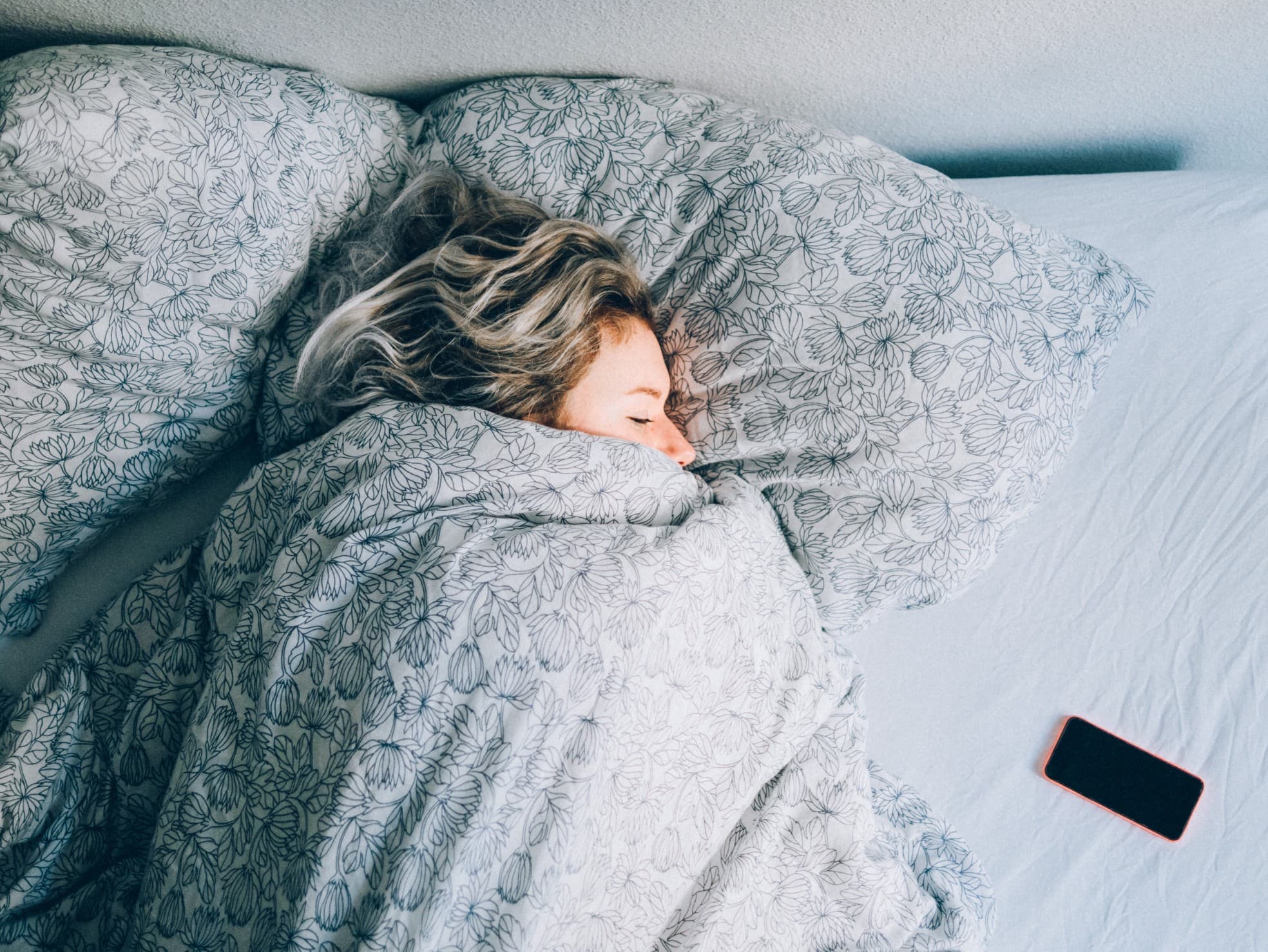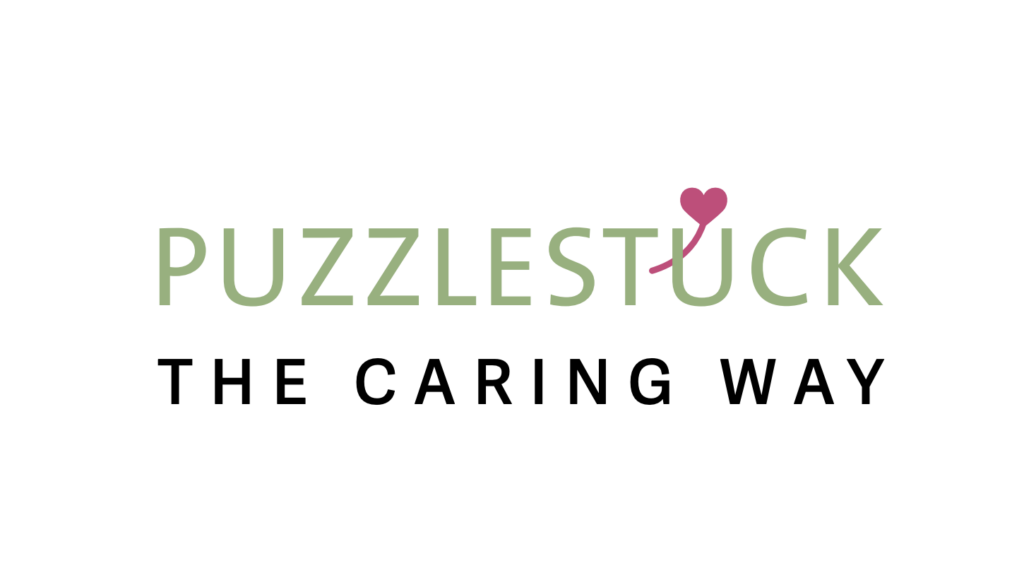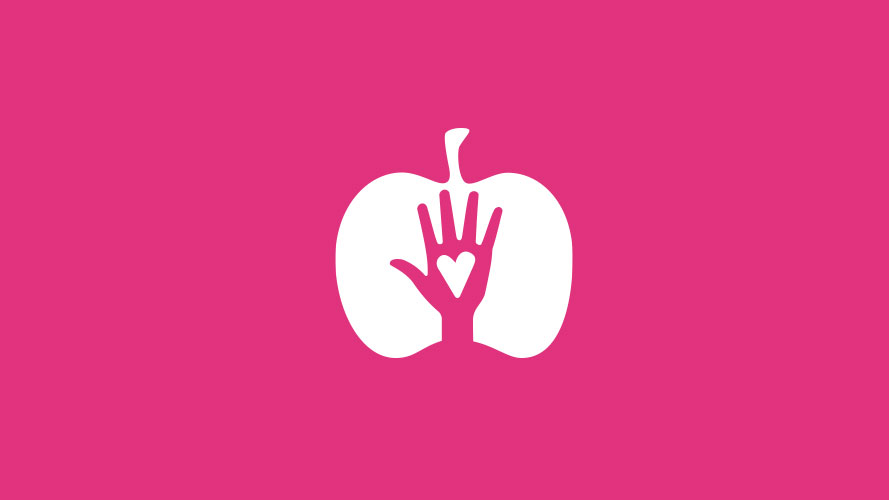We live in a technology-driven world. During the past two years, many of us have spent more time than ever plugged into a virtual world where we communicate with friends, consume news, and perform everyday tasks.
This increasing shift to the digital world comes with many benefits, but it also interferes with some basic human needs, and, unfortunately, it has become a source of stress and anxiety. In fact, according to a recent survey by the American Psychological Association, 18% of American adults said technology use was a significant source of stress in their life.
What is a Digital Detox?

A digital detox is commitment to reconnecting with the in-person world. It is done by strategically reducing the amount of time spent on devices such as mobile phones, computers, and TV and then using that time to engage in more social, mindful, or creative ways. Unplugging in this way improves mental health and quality of life as people re-engage with the external world of friends, family, nature, creative expression, and self-care activities.
A digital detox is simply setting firm boundaries on your use of technology. Realistically, most people cannot unplug from the digital world completely as they rely on it for everyday communication and work. But no matter your situation, the most important goal in a digital detox is to use your devices in ways that contribute to your well-being and to limit use in ways that bring you stress and anxiety.
Why Would I Need One?
Many people instinctually know they need to set boundaries around their use of technology. Whether they notice themselves feeling stressed about the news or find themselves neglecting responsibilities in favour of screen time, most recognize the negative impacts technology can have on their everyday lives.
You Might Need a Digital Detox if:
- Stewing about the news or online interactions interrupts your ability to sleep
- You experience anxiety or anger after engaging on social media or other sites
- You keep a device with you at all times
- Your relationship with your intimate partner or friends is negatively impacted
- You repeatedly check engagement on your social media posts
- You have difficulty concentrating on everyday tasks
- You’re afraid of missing out if you don’t check your device regularly
- You find yourself neglecting personal responsibilities
The Benefits of a Digital Detox
In today’s highly connected world, most of us could probably use a digital detox. Even though many of us may feel the need for a digital detox, it can be challenging to change our habits, especially when we’re bombarded with opportunities for online connection and additional technology use. One simple way to begin a detox is to focus on its benefits:
Reduced Stress
Unplugging from anxiety-inducing sites, apps, news stories, or online relationships immediately reduces stress. It can be helpful to remind yourself that your anxiety, stress, and attention to these matters is unlikely to produce positive change. However, unplugging and engaging in self-care activities or accomplishing daily tasks will produce immediate positive impacts, reduce stress levels, and eliminate some of the negative effects associated with the overuse of and dependence on screens.

Control Over Your Time
For all assertions that it saves us time, it seems that we are more engaged with technological devices than at any other time in history. Our jobs and everyday lives depend on the digital world, but much of our screen time goes above and beyond what is required. One of the most important benefits of a digital detox is identifying what amount of your technology use is essential, what amount is enjoyable, and what amount is detrimental. From there, you can make decisions that reduce your technology use and ultimately free up time that you can use in other positive ways.

Improved Sleep
The blue light emitted from most of our devices suppresses the secretion of melatonin, a hormone that helps regulate our sleep patterns. Reducing screen time, especially in the evening hours can greatly improve the quality of our sleep and our overall physical health.

Better Relationships
A key component to the success of any relationship is the time invested in it. Once you have determined and committed to detoxing from digital devices, you will find yourself with more time to invest in real-life relationships. Whether that looks like a re-engagement in social activities or more time with a significant other, the quality of your relationships will improve.

Improved Self-Image
One of the more sinister aspects of electronic devices is how they impact us on a psychological level. Constant exposure to exaggerated, curated, and even false images of our friends’ lives is responsible for a real psychological phenomenon know as FOMO (Fear of Missing Out). FOMO affects people deeply as it prompts intense feelings of anxiety, isolation, and exclusion. One way to avoid these unpleasant emotions is to spend more time engaged in our own real-life experiences and less in the digitally enhanced experiences of our friends.

Getting Started on a Digital Detox

When starting a digital detox, it’s less daunting to remember that it doesn’t have to be a complete break from the technology we enjoy and rely on in everyday life. Instead, a digital detox should be viewed as a way to redefine your relationship with devices so that they bring you enjoyment and convenience and don’t interfere with other aspects of your life.
To begin a digital detox, the first thing you need to do is simply notice how you use technology. Spend a week using your devices as normal while journaling your thoughts on the following:
- How much time do you spend on devices?
- What apps or sites cause you to feel anxious or upset?
- What apps or sites bring you enjoyment or convenience?
- What are your habits around screen time? Do you always have a device in hand? Do you use your device at certain times of the day or in certain locations?
- Does your use of digital technology interfere with your other responsibilities?
- And finally, take note of which uses of your technology are essential and which are not.
With this information, you are ready to start your digital detox!
5 Tips for a Successful Digital Detox
A digital detox will look different for each person, but, no matter what your situation, it’s important to look at your non-essential use of screens. Your goal is to reduce screen use in the areas that you have identified as causing stress and anxiety.
Make sure you write down your digital detox plan and follow these tips:
1. Set time limits
One essential component of a digital detox is setting time limits on your use of technology. Depending on your circumstances, you may want to consider:
- limiting total minutes per day spent on your device in a day using a screen time counter
- limiting individual sessions of screen time (e.g. 20 minutes at a time)
- limiting or eliminating time spent on sites or apps that cause you stress or anxiety
- having a designated screen-free period of time like mealtimes, mornings, or bedtimes
- having one day a week that is screen-free (digital abstinence)
2. Set Physical Boundaries
Place your devices out of sight whenever you can. A few simple boundaries to try:
- plug your phone charger in out of sight
- leave your device at home when the situation permits
- keep your phone off or in the back seat while driving
- when you are outdoors, socializing, or engaging in healthier activities, try not carrying your phone with you
- delete problematic apps
3. Use Your Devices with Purpose
Much of the time we spend on devices is aimless and causes needless stress. It also takes up time that would be better spent on responsibilities, social interactions, or creative activities. When you reach for your device, ask yourself, “What am I hoping to achieve?” or “Will this bring me enjoyment?” And act accordingly!
4. Disconnect at Bedtime
Blue light from screens is not the only aspect of technology that disrupts sleep. Upsetting news and obsessing about social media apps cause many people’s thoughts to race and loop as they are trying to fall asleep. Designate a time to ‘park’ your devices a few hours before bedtime and use your device’s ‘night mode’ if you are using it past 8pm.
5. Turn Off Notifications
One simple way to reduce the temptation to reach for your device is to turn off notifications. Push notifications are designed to grab your attention and make your mind think something urgently needs your attention. Turn on the notifications that you know might require your attention (e.g. texts from family members) and silence the rest. Rest assured, everything will be there when you return to your device later.
And Finally: RELISH THE TIME YOU GAIN!

The whole point of a digital detox is to free up time and mind space for real-life social interactions and to establish a healthy balance between digital connection and in-person connection. Taking a strategic break from technology will, no doubt, pay off in your daily life. Make sure you reap the rewards of your efforts!
- Make a coffee date with a friend
- Go for a walk
- Journal
- Try a new sport
- Visit an older relative
- Explore your creative side
- Cuddle with your partner
- Play a board game
- Read a book
- Listen to music
- Try gardening
- Meditate
- Be playful with children
We hope these tips will encourage you to try a digital detox! At the conclusion of your detox, be sure to share what you experienced with friends and family so they can try one, too. You may wish to regularly schedule a digital detox a few times throughout the year and even involve others in your detox so you can encourage one another and keep each other accountable.






